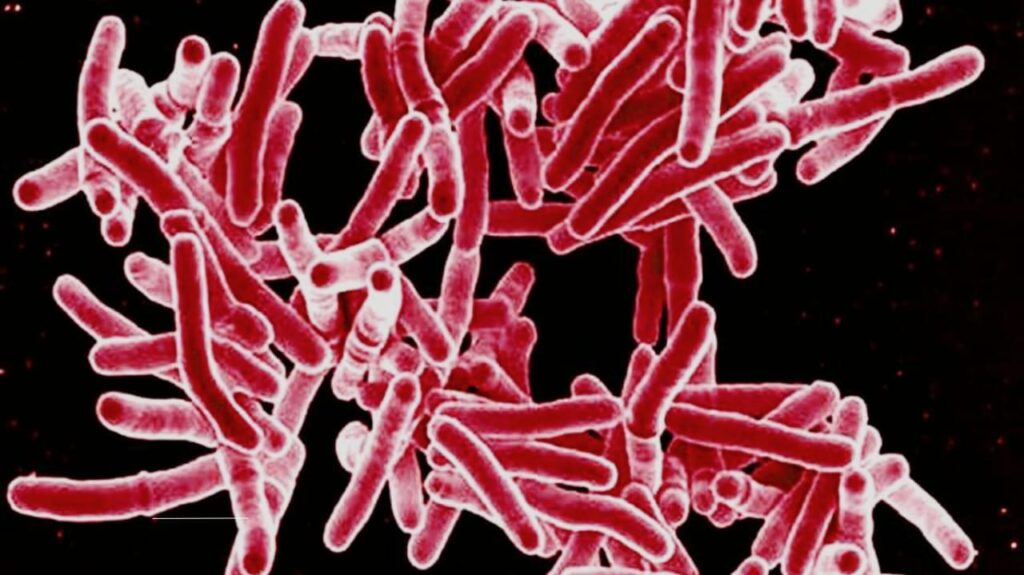
Tuberculosis (TB) is one of the world’s oldest and most persistent infectious diseases. Despite medical advancements, it remains a global health threat, infecting an estimated 10 million people and claiming 1.5 million lives annually, according to the World Health Organization (WHO). Protecting yourself from TB exposure isn’t just about personal safety—it’s a community effort. This article breaks down practical, evidence-based steps to reduce your risk, grounded in science and real-world experience.
Understanding How TB Spreads
TB is caused by the bacterium Mycobacterium tuberculosis, which primarily attacks the lungs but can affect other organs. It spreads through the air when an infected person coughs, sneezes, or speaks, releasing tiny droplets containing the bacteria. You can’t get TB by shaking hands, sharing utensils, or touching surfaces.
Key Facts About Transmission:
- Close and Prolonged Contact: TB spreads most easily in crowded, poorly ventilated spaces (e.g., prisons, homeless shelters, or households).
- Latent vs. Active TB: Only people with active TB can transmit the disease. Those with latent TB carry the bacteria but aren’t contagious and don’t show symptoms.
Vaccination: The First Line of Defense
The Bacillus Calmette-Guérin (BCG) vaccine is the only licensed TB vaccine. While not foolproof, it reduces the risk of severe TB in children by up to 80% and is widely used in high-TB countries.
Who Should Get Vaccinated?
- Children in High-Risk Areas: The WHO recommends BCG for infants in countries with high TB rates.
- Healthcare Workers: Some nations offer BCG to medical staff regularly exposed to TB patients.
Limitation: The BCG vaccine is less effective in adults and doesn’t prevent latent TB. Researchers are actively working on improved vaccines.
Infection Control in High-Risk Settings
1. Improve Ventilation
TB bacteria thrive in stagnant air. Opening windows, using fans, or installing air filters can dilute and remove infectious particles.
Example: A 2020 study in South African clinics found that UV air disinfection reduced TB transmission by 50% in waiting rooms.
2. Wear Protective Masks
N95 respirators (not standard surgical masks) block 95% of airborne particles. They’re critical for:
- Healthcare workers
- Caregivers of active TB patients
3. Practice Respiratory Hygiene
If you have a cough, cover your mouth with a tissue or elbow. Dispose of tissues safely and wash hands immediately.
Identifying and Supporting High-Risk Groups
Certain populations are more vulnerable to TB infection:
- People with HIV: HIV weakens the immune system, making TB 20–30 times more likely to progress from latent to active.
- Diabetics: Poor blood sugar control doubles TB risk.
- Smokers: Smoking damages lung defenses, increasing susceptibility.
Case Study: In India, integrating TB screening into HIV care programs reduced TB deaths among HIV patients by 40% over five years.
Early Detection: Stop TB Before It Spreads
Recognize the Symptoms
- Persistent cough (lasting 3+ weeks)
- Chest pain
- Coughing up blood
- Fatigue, weight loss, or night sweats
What to Do: Seek medical help immediately if symptoms arise. A simple sputum test or chest X-ray can diagnose TB.
Treat Latent TB
Latent TB infections are treated with antibiotics like isoniazid to prevent progression. The WHO recommends 6–9 months of therapy.
Expert Insight:
“Treating latent TB is like defusing a time bomb. It’s safer to act before the disease becomes active and contagious.”
— Dr. Lucica Ditiu, Executive Director of the Stop TB Partnership
Community and Public Health Strategies
1. Directly Observed Therapy (DOT)
DOT ensures patients take medications as prescribed, reducing drug resistance. Community health workers often supervise doses.
2. Contact Tracing
When someone is diagnosed with TB, health authorities test close contacts (family, coworkers) to identify undiagnosed cases.
Statistic: A 2019 study in Peru found contact tracing reduced TB incidence by 22% in high-burden communities.
3. Combat Stigma
Fear of discrimination prevents many from seeking care. Public education campaigns normalize TB testing and treatment.
Real-Life Lessons: Stories of Prevention
Case Study: A School Outbreak Contained
In 2018, a TB outbreak at a U.S. high school infected 32 students. Health officials contained it through:
- Mass testing
- Isolating active cases
- Providing preventive therapy to latent infections
The outbreak ended within six months, highlighting the power of swift action.
FAQs: Your TB Questions Answered
1. Can I get TB from public transportation?
While possible, the risk is low without prolonged close contact. Improve your odds by avoiding crowded spaces during rush hour.
2. Is the BCG vaccine effective for adults?
It offers limited protection. Adults at high risk (e.g., healthcare workers) should prioritize infection control practices.
3. How long does TB treatment take?
Active TB requires 6–9 months of antibiotics. Skipping doses can lead to drug-resistant TB, which is harder to treat.
4. Can pets transmit TB?
Extremely rare. Most cases involve cattle or primates, not household pets.
5. Are there natural ways to prevent TB?
No substitute for medical care, but a healthy diet, exercise, and avoiding smoking/alcohol strengthen immunity.
6. Is TB curable?
Yes! With proper treatment, over 85% of patients recover fully.
